On November 6th, Xiaoma Zhixing, the “world’s first Robotaxi stock”, was listed on the Hong Kong Stock Exchange, achieving a dual listing of “US stock+Hong Kong stock”, raising a total of HKD 7.5 billion, setting a record for the largest IPO of autonomous driving in the world by 2025 and also becoming the largest IPO in the AI field of Hong Kong stock by 2025.
After ringing the bell, Peng Jun, CEO of Xiaoma Zhixing, told Leifeng.com, “When deciding to enter the capital market, Xiaoma Zhixing made a choice between the US stock market and the Hong Kong stock market. The US stock market in 2024 is a better choice. But we are also aware that our market and brand image are rooted in China. Therefore, while going public on the US stock market, we are preparing to go public in Hong Kong
In the first half of 2025, Xiaoma Zhixing’s financial data showed impressive performance, with a year-on-year increase of 43.3% in revenue and a sharp increase of 178.8% in Robotaxi business revenue. At the same time, the seventh generation of automotive grade Robotaxi, after six months of debut, mass production and road testing, has been put into operation in November this year. The seventh generation Robotaxi is a 100% automotive grade component, with a 70% reduction in the cost of autonomous driving kits and a design lifespan of 600000 kilometers. This marks the official entry of Xiaoma Zhixing into the commercialization stage of Robotaxi.
After nine years of practice and persistence, we have finally achieved another realization of the value of long termism. When you open the “Xiaoma Zhixing” app and call for a self driving car, you will find that some idealism is destined to drive into reality.
Nine years of long-distance running, without shaking Robotaxi
In 2016, Xiaoma Zhixing was established in Silicon Valley. At that time, ‘autonomous vehicles’ were still in the future imagination of technology companies. Peng Jun and Lou Tiancheng, two technology founders known as “idealists,” set “large-scale commercialization of Robotaxi” as their entrepreneurial goal.
Peng Jun was once a Google “Founder Award” winner and the Chief Architect of Baidu’s autonomous driving business. Lou Tiancheng is a globally renowned programming genius known for his “ACRush” competition ID. He has been deeply involved in core research and development at Google X (Waymo) and Baidu’s autonomous vehicle team. With two people as the core, Xiaoma Zhixing gathered a group of talented teenagers. In August 2017, Zhang Ning, the current vice president, went to Silicon Valley for a test drive. After returning to Canada, he packed his luggage in just one month and ran back to Beijing alone to work hard.
February 27, 2020 was a shining moment for Xiaoma and also the pinnacle of the intelligent driving industry. Xiaoma Zhixing announced the completion of a round of financing totaling $462 million, with Toyota leading the investment as a strategic investor and contributing $400 million. This money not only set a single round financing record for Chinese autonomous driving companies, but also broke the valuation record of Xiaoma Zhixing, exceeding $3 billion, and Xiaoma’s morale reached its peak.
However, the autonomous driving industry has not been smooth sailing. In the first half of 2021, investors and practitioners were caught up in a frenzy of faith in autonomous driving. But in 2022, well-known companies such as Argo AI backed by Ford and Ghost invested by OpenAI encountered obstacles one after another, and the investment enthusiasm and entrepreneurial confidence of the smart driving industry fell into a low tide.
Just as most early L4 based intelligent driving companies were shrinking their investments and adjusting their strategies, Xiaoma Zhixing chose to counter the trend and increase its R&D investment: the cumulative R&D investment from 2022 to 2024 exceeded 517 million US dollars. This kind of investment, regardless of short-term gains and losses, stems from a profound understanding of the laws of technological iteration – autonomous driving, as a fundamental innovation, requires patience to cross the ‘valley of death’.
At an internal All Hands Meeting, Peng Jun and Lou Tiancheng compared autonomous driving technology to a towering tree. Both of them agreed that if the main trunk of the tree is well done, they will also be adept at handling other branch businesses.
Several former employees of Xiaoma exclaimed, ‘Peng Jun and Lou Tiancheng have many impressive traits. For example, their determination to continue making Robotaxi has never wavered, which is what I admire.’. ”
In a previous interview with Leifeng.com, the CTO of Xiaoma Zhixing, Lou Tiancheng, also expressed his feelings: L4 is his first principle, and if this principle cannot be accepted, then nothing is to be discussed.
From technological exploration in the early stages of the industry to cost pressures in the early stages of commercialization, Xiaoma Zhixing has always been anchored in research and development, based on scenarios, and has confirmed its determination to the Robotaxi track with solid investment and data.
Continuously evolving to make the ‘virtual driver’ a reliable life form
The core technical competitiveness of Xiaoma Zhixing lies not in the leading single point algorithm, but in building a complete auto drive system capability closed-loop, creating a virtual driver 10 times safer than human driving.
The technological paradigm for achieving this breakthrough is the PonyWorld, which is based on the reinforcement learning paradigm. Unlike the VLA model that relies on language mediation, the world model does not require “translation” of visual information and makes decisions directly in the state space, which is closer to the physical logic of real driving.
At this year’s auto show, Lou Tiancheng stated that the first time he created a world model of a pony was before 2020.
He also gave a popular explanation: “The concept of the world model is different ways of learning about life. One is the traditional education model, called imitation learning, which has the advantages of being very fast, without uncertain factors, and has obvious disadvantages that are difficult to surpass teachers. The other is reinforcement learning, where teachers do not know how to do it, but they create experimental environments for students to explore on their own. The world model is the latter
According to Leifeng.com, the PonyWorld world model has three core functions:
- 1、 Generating scene and sensor data: the world model should have the ability to generate diversified driving scenes, so as to provide rich training data for the research and development of the auto drive system. This includes various weather and road conditions, simulation of traffic participant behavior, etc.
- 2、 High Fidelity simulation: By using Smart Agents to simulate other participants in the traffic environment, these agents interact dynamically with autonomous vehicles to enhance the authenticity and complexity of the training environment.
- 3、 Evaluation criteria for driving behavior: Set reasonable and accurate standards to determine what constitutes good driving behavior, with indicators that comprehensively reflect driving safety, comfort, and efficiency.
By building a highly realistic training environment and behavioral evaluation standards, breaking through the bottleneck of imitation learning relying on data, inability to achieve closed-loop training, and performance surpassing, Xiaoma Zhixing’s world model can generate 10 billion kilometers of test data per week, helping virtual drivers self evolve and model training, and achieving safety performance 10 times higher than human driving under mass-produced autonomous driving hardware.
In terms of hardware and vehicle integration, Xiaoma Zhixing independently designs and develops multiple hardware modules including in vehicle computing units, cameras, etc., achieving a win-win situation of performance and cost. The technology of Xiaoma Zhixing has been successfully applied to different vehicle models and scenarios, from passenger cars to long-distance freight trucks.
In fact, not only Xiaoma Zhixing, but also Tesla, NIO, Huawei and other manufacturers are gradually laying out on the world model. The investment in world models is essentially about seizing the technological high ground in the next 5-10 years. Lou Tiancheng believes that the world model is essentially a grasp of AI talent and computing power. If the car factory cannot roll up L2 and wants to do L4, they need to go through all the roads that L4 company has walked.
The preparation of the world model, which began five years ago, will become an important weapon for Xiaoma Zhixing to seize the time window.
Kunlun Plan, illuminating the process of scaling up
Starting from 2023, Xiao Ma Zhixing has launched the “Kunlun” plan. The specific measures of this plan are to collaborate with car companies to create the latest seventh generation Robotaxi model, and rapidly increase the volume of the new model to the thousand level, promoting large-scale commercialization.
In 2023, Xiaoma Zhixing, Toyota China, and GAC Toyota established a joint venture company called Dafeng Intelligent Technology to jointly create the first seventh generation Robotaxi model based on the Toyota Platinum 4X.
In November and December 2024, with the cooperation of Xiaoma Zhixing with BAIC New Energy and GAC Aion’s official announcement of Robotaxi mass production, the seventh generation Robotaxi family has two new members – BAIC Arctic Fox Alpha T5 Robotaxi and GAC Aion Tyrannosaurus Robotaxi.
In 2025, the seventh generation Robotaxi carrying the Kunlun Plan will begin its external debut, mass production and operation. Nowadays, Xiaoma Zhixing has over 720 Robotaxis, which are about to reach the thousand car level.
It is reported that the seventh generation Robotaxi has achieved three key breakthroughs after two years of research and development: the hardware cost of autonomous driving has decreased by 70% compared to the previous generation, among which the cost of self-developed domain controllers has decreased by 80%, and the cost of LiDAR has decreased by 60% -70%; For the first time, the vehicle specification level mass production of L4 level full scenario autonomous driving has been achieved, achieving “reduced computing power but no performance degradation” through algorithm optimization.
In the operational scenarios of Guangzhou and Shenzhen, the seventh generation model has opened the passenger seat service and supports Bluetooth unlocking, with an average daily order volume of nearly 20. As of October 2025, the Xiaoma Zhixing fleet has reached 726 vehicles and completed a total of 426000 orders. In the first half of 2025 alone, the business revenue reached 3.256 million US dollars, a year-on-year increase of 178.8%.
In the definition of Zhang Ning, Vice President of Xiaoma Zhixing, “1000 cars” is the turning point of commercial profit and loss balance. This means that when the Robotaxi fleet size exceeds a thousand vehicles, the efficiency of system scheduling, algorithm optimization, and autonomous driving networks will enter a positive cycle, where “every additional vehicle on the road becomes more economical overall”.
At the communication meeting after the listing of the Hong Kong stock market, Peng Jun also stated that he would not rush to pursue the speed of expanding the city, but would consider the completeness of local laws and regulations for unmanned scale. I haven’t achieved complete unmanned operation or scale, and this is not my territory either
In summary, Xiaoma Zhixing implements a “T” – shaped strategy. Horizontally, it will continue to deepen in the existing market. Because existing first tier cities have more mature laws and regulations regarding autonomous driving. On the one hand, we will invest in second – and third tier cities as well as international cities, establish relationships with local governments and travel partners, and enable the public to see and accept Xiaoma.
With the implementation of the mutual recognition policy for intelligent connected vehicles in the Greater Bay Area, Xiaoma Zhixing has become one of the first cross city operation pilot enterprises, achieving interconnectivity among Guangzhou, Shenzhen, and Zhuhai, breaking the operational bottleneck of industry “regional fragmentation”.
Industry data shows that 51 cities in China have introduced pilot policies for autonomous driving, and the market size is expected to reach 709.6 billion yuan by 2035, with a compound annual growth rate of over 96%. The trillion dollar market space is opening up.
At the same time, Xiaoma Zhixing has the largest number of ride hailing and taxi platform partners among global Robotaxi companies, opening up a market and user base for future service expansion. Partners include Ruqi Travel, Alipay, Gaode Taxi, Jinjiang Taxi, Singapore Comfort Group, Luxembourg travel company Emile Weber, Uber, etc. The scale and number of partners are far ahead of the industry, opening up the market and user base for the large-scale landing of Robotaxi fleet and services.
Xiaoma Zhixing has reached strategic cooperation or established joint ventures with several top domestic and foreign vehicle manufacturers, including Toyota, BAIC, GAC, SAIC, FAW, etc., actively promoting the large-scale production and service landing of autonomous vehicles from the aspects of forward research and development, production line construction, supply chain construction, product announcement, road testing, etc.
Peng Jun stated that the biggest challenge at present is how to increase order volume and fleet size. When reaching 50000 vehicles, the company’s cash flow will turn negative to positive. And this time point will be around 2028 or 2029.
It is worth noting that Pony Intelligence will explore more landing opportunities outside the Robotaxi vehicle. In Peng Jun’s view, Xiaoma’s advantage lies in “how to compete with traffic and pedestrian flow in complex traffic environments to ensure safety”. Surrounding this advantage, the implementation of various scenarios is worth exploring.
Capital and the market cast a vote of confidence
From the US stock market in 2024 to the Hong Kong stock market in 2025, the capital market has witnessed the growth curve of Xiaoma Zhixing. ARK Fund, Fidelity, ParknShop, Wellington and other top global institutions continue to increase their holdings, and Xiaoma Zhixing has become the first L4 autonomous driving company to be included in the NASDAQ China Golden Dragon Index.
As of mid-2025, Bloomberg data shows that Xiaoma Zhixing has received “buy” ratings from 8 institutions, with no “sell” or “neutral” ratings. The attitude of capital is precisely the echo of confidence in technological certainty and commercialization. Nine years of persistence have finally given idealism a practical footnote.
Nine years can take an industry from immaturity to maturity, or a company from dreams to reality. Xiaoma Zhixing did not let the “unmanned car” stay in the blueprint, but let it run steadily and enter the lives of thousands of households. The listing of the Hong Kong stock market is not just a capital event, but also a ceremony for Xiaoma Zhixing to fulfill its promise of “making Robotaxi truly run. ”
Summarizing the nine-year long run of Xiaoma Zhixing, its listing on the Hong Kong stock market is not only a milestone for the company itself, but also heralds a new chapter of development for the entire autonomous driving industry.
The choice of capital markets is not just a game of numbers, but also a resonance of values. From the US stock market to the Hong Kong stock market, from the “female version of Buffett” Cathie Wood to the favor of a group of top global institutions, these real gold and silver trusts are the best response to a nine-year technical long-distance race.
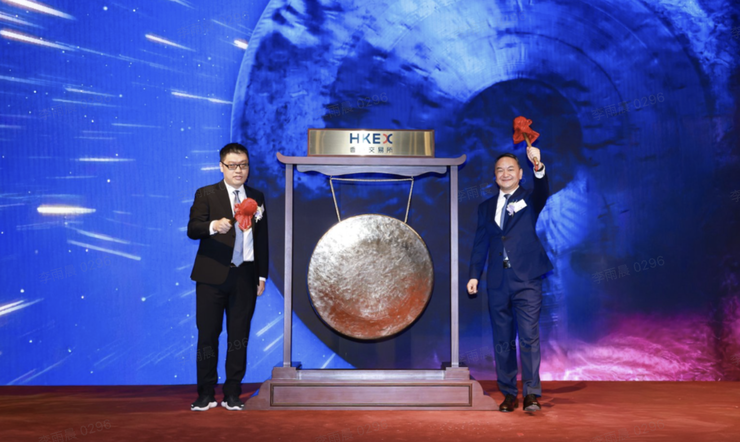





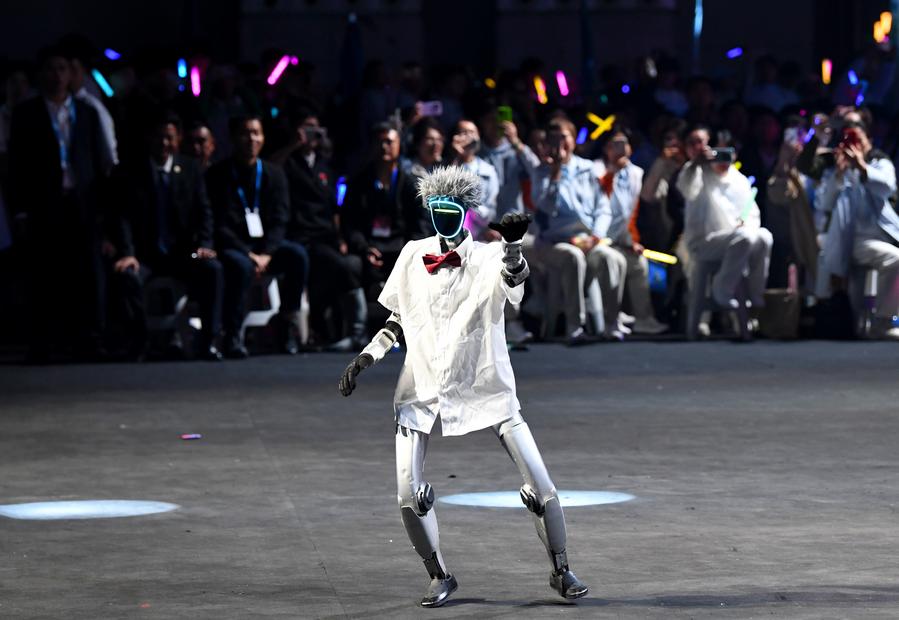

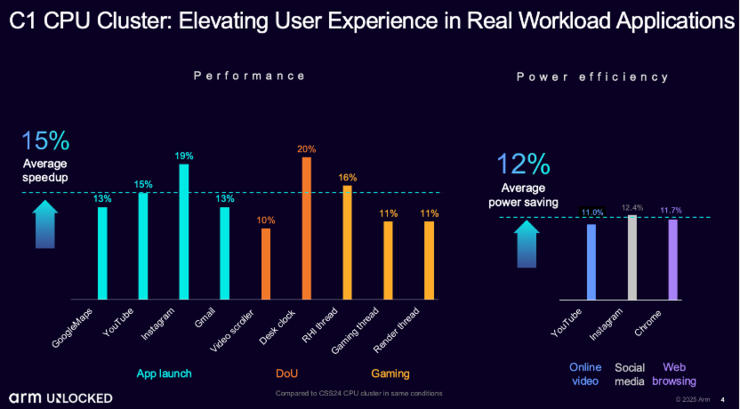
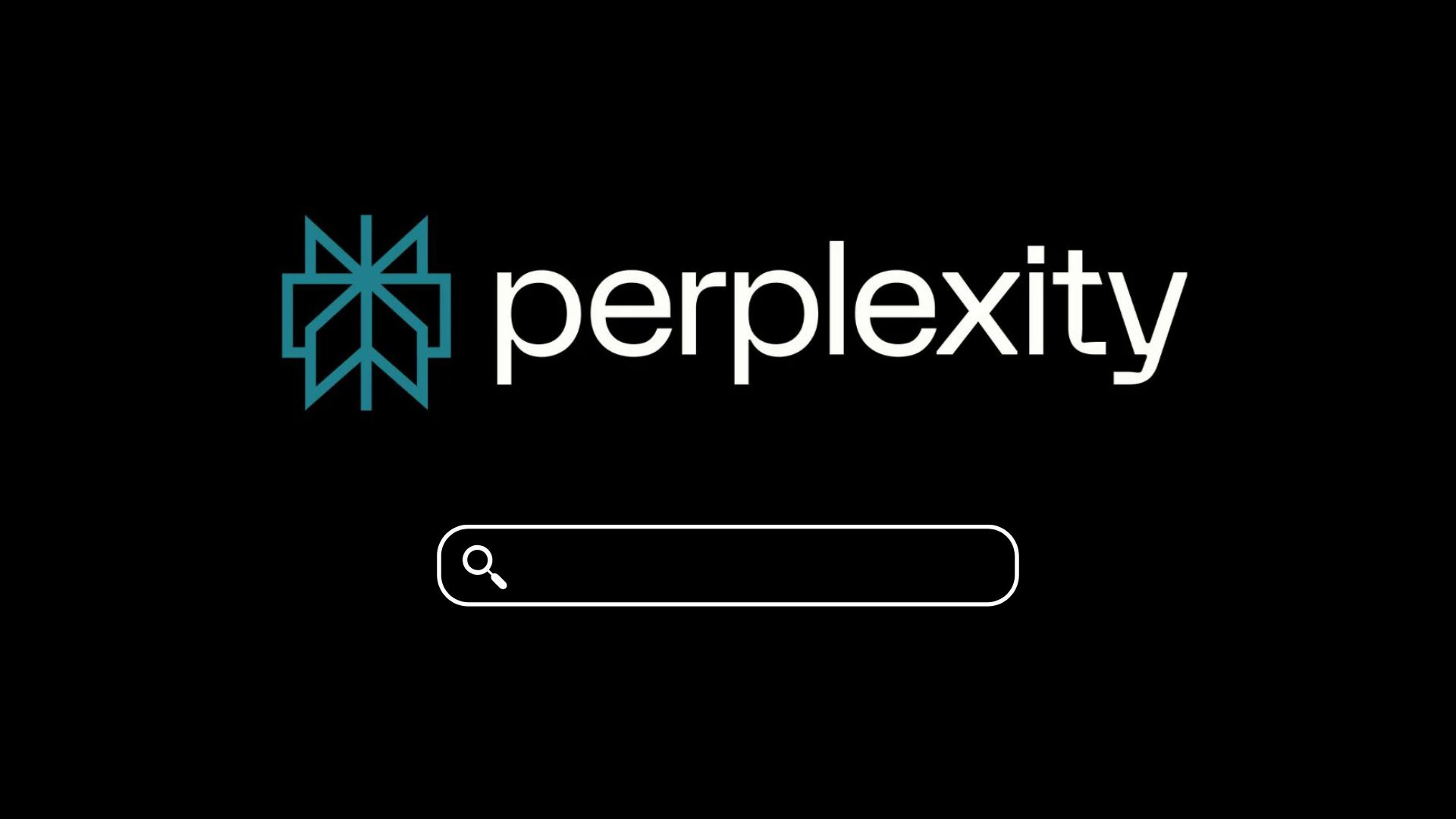
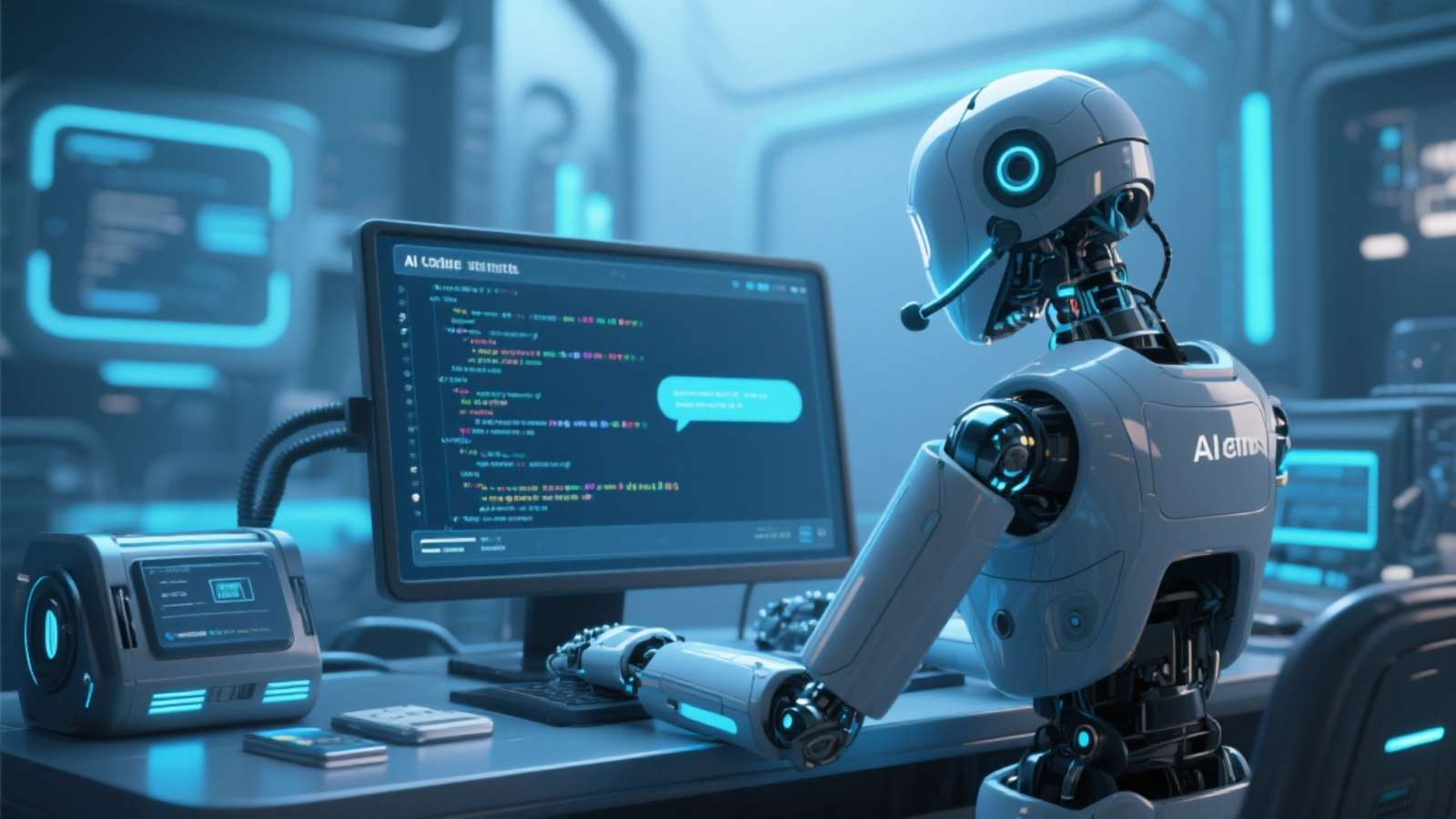
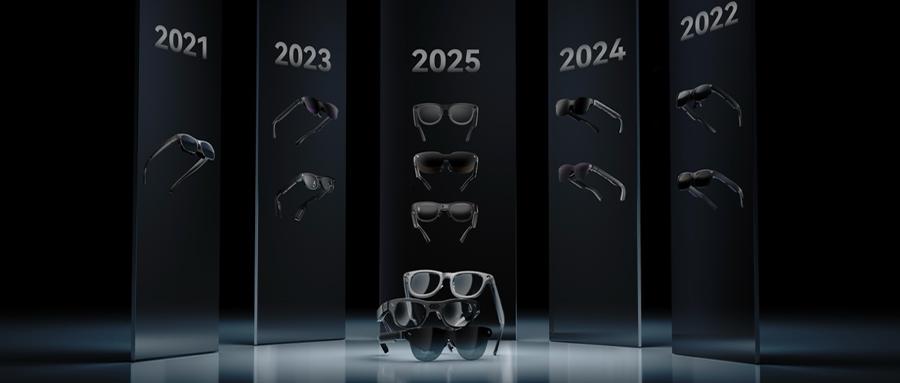





暂无评论内容